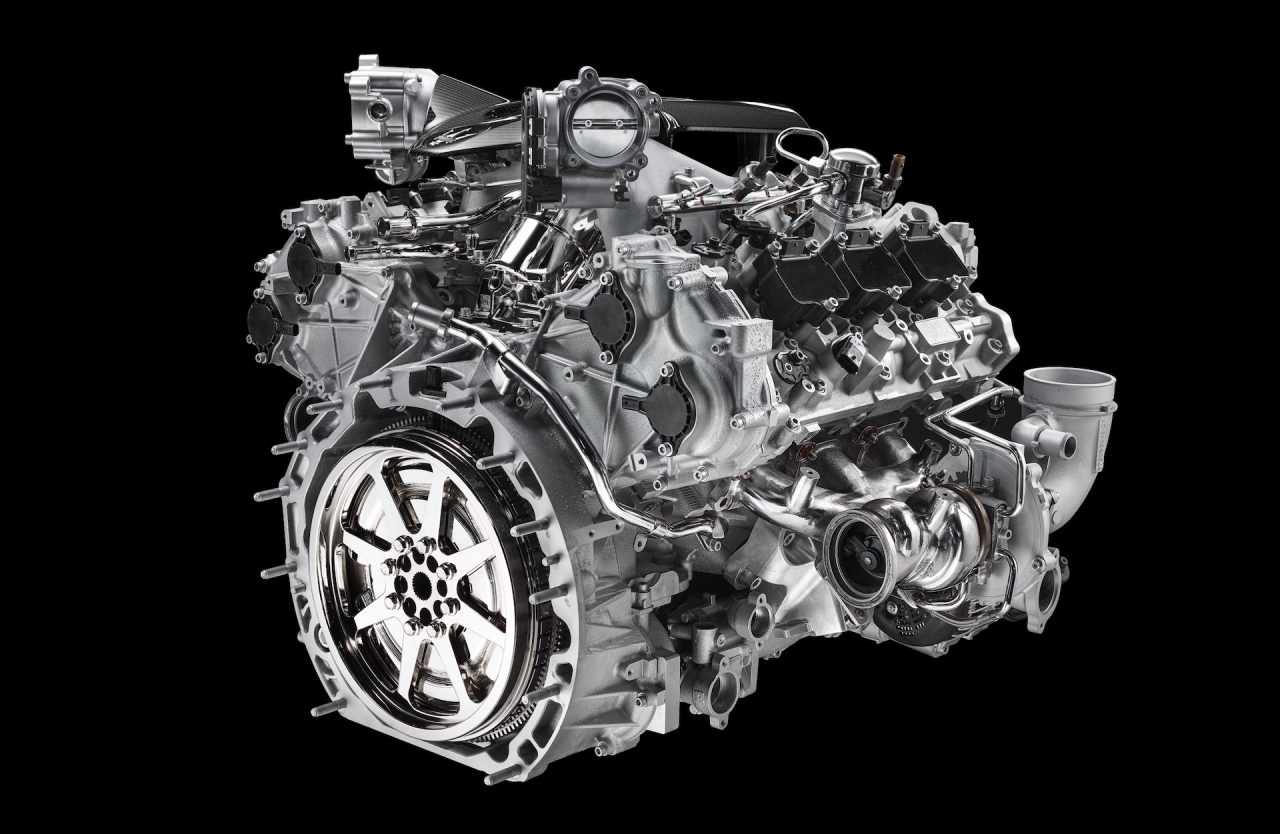It’s one of our favourite hot hatches of all time. And now it’s back. The 2020 Ford Fiesta ST. Does it live up to the high standards left by the previous generation model? Is it still a bargain? And most importantly, is it still a hoot to drive?
We will find answers to these questions more formally in our upcoming written review, however, we couldn’t help ourselves. We’ve put together one of our big detailed POV-style review videos for you to provide a first-hand experience on what it’s like inside, and what it’s like to drive.
The new Fiesta ST becomes a five-door model – in Australia only the three-door was previously available. The extra doors instantly boost practicality. Passengers can now freely enter and exit the car without ruining the lives of the front passengers. There is more headroom and legroom in the back, too.
Also new is a 1.5-litre turbo three-cylinder engine. It might drop one cylinder and 100cc of combustion capacity, but you wouldn’t know it. In fact, the new unit actually produces more power and torque than the old 1.6 turbo four-cylinder. Peak power is 147kW (same as old model during overboost only), while peak torque is 290Nm (up from 240Nm, or 290Nm during overboost in the old model).
This engine provides lots of character and an interesting sporty note. Strangely though, the downsized unit actually consumes more fuel. On the official combined cycle the old model was rated at 6.2L/100km, while this new model is rated 6.3L/100km. This could be due to a newer, more stringent testing cycle applied to latest model.
Anyway, we don’t want to spoil it all. Enjoy 35 minutes of 2020 Ford Fiesta ST below.






